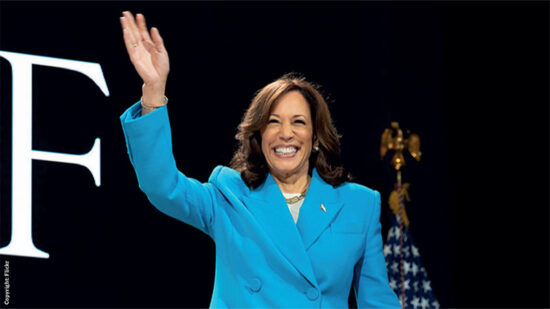In a letter sent to shareholders last week, Centurion said it decided to take the action to protect existing investors in the fund after it received redemption requests from “several large investors”.
Centurion explained that a significant shift in the expected discount rates on the purchase of life policies in the US from an average of between 10% – 16% at the time of purchase to more than 25% in the current market coupled with a “lower than anticipated level of policy maturities” in the portfolio had created a “liquidity imbalance” in the Argent Fund.
The increase in the discount rate effectively means that, should Centurion decide to sell any of the life policies it has on its books, it would do so at a loss.
In order to rectify this, Centurion plans to move all of the existing assets into a newly created “side pocket” until “market conditions improve and death benefits occur.” Centurion said it expects the market to improve in between three and five years’.
However, those who wish to redeem now will not have their shares moved to the side pocket, and are likely to lose a significant amount of their initial investment when their assets are sold. Centurion has given investors until between late June and early July to decide whether or not they wish to redeem.
In addition to creating the side pocket, Centurion is to change its pricing model from mark-to-model, where the fund’s value is dictated by actuary assumptions on life expectancy, to mark-to-market where the price is dictated by the rate it can be sold at on the market. Centurion said it believes it is the first traded life policy company to do this, and said it is able to do so using the values given to it by investment banks on a monthly and quarterly basis.
Director of the fund David Rawson-Mackenzie said: “We are giving our investors the opportunity to remain in the fund and benefit from the continuing maturity of policies and an expected upturn in the life settlement market. As a fund manager, I did not want to make all of our investors pay for the decision of some, which is why we have decided to create the side pocket to protect the assets.
“We have also decided to change our pricing model to mark-to-market as we believe there is a big enough market now to do this and that ultimately it will benefit our investors.”
According to Rawson-Mackenzie, one of the main reasons the market discount rate for policies has reached current levels is the forced selling of around $6bn worth of assets by Belgian bank KBC last year. He said many of the assets, which he described as “toxic waste”, were of “dubious origin” and have therefore forced sellers of the polices into discounting heavily in order to sell.
Meanwhile, Andrew Walters, finance director of Policy Selection, which manages the traded life policy fund Assured Fund, acknowledged that the market discount rates had increased, but said that each trade is unique so therefore it is hard to generalise.
“The market is admittedly a bit more tricky now for sellers as there just aren’t the number of buyers there were a couple of years ago ready to snap up policies,” said Walters.
“However, things will improve and, if you look at it from the other side, it is probably a good time to invest.”








